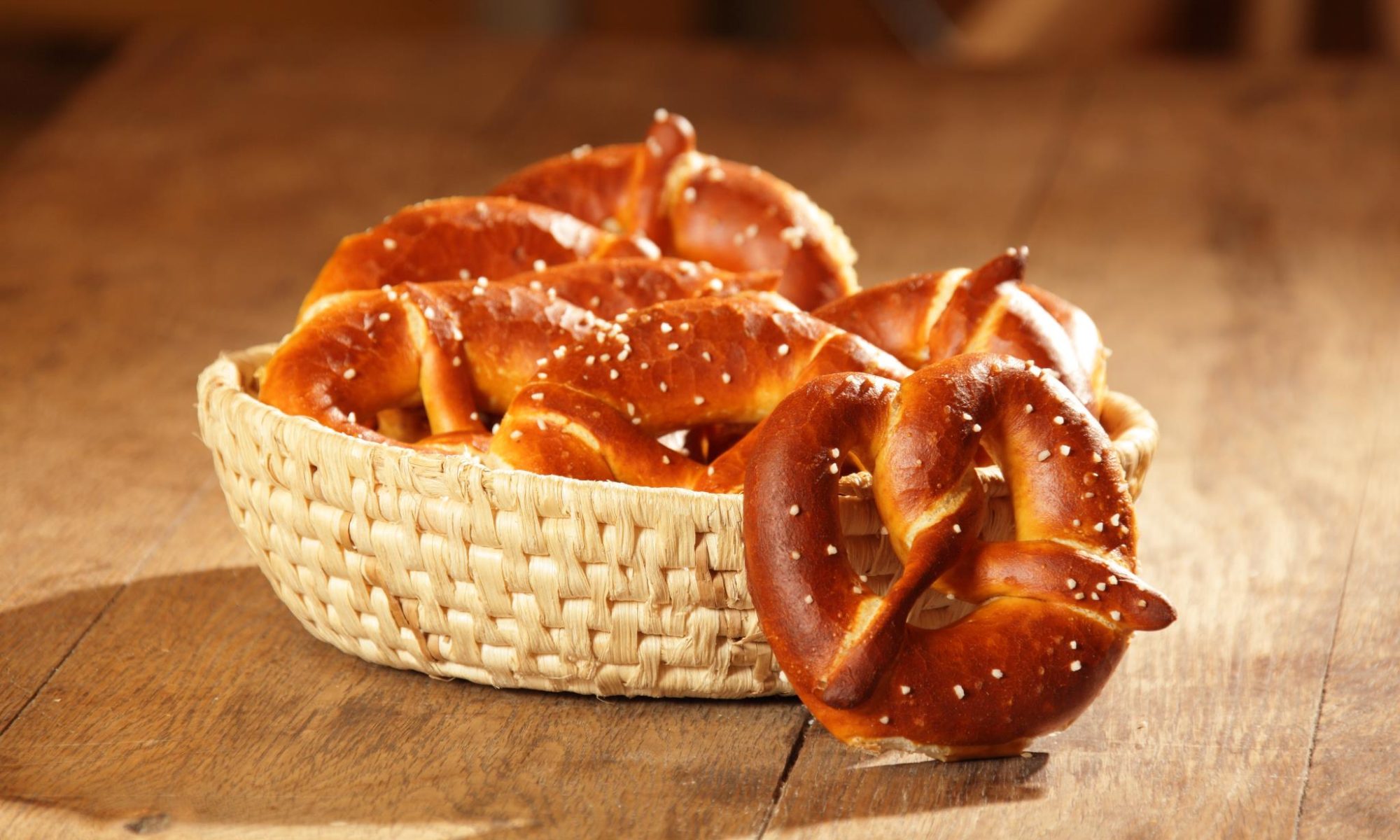Studies manipulation that have dplyr Over the past two years I have used dplyr much more about to manipulate and outline data. It’s smaller than just using the feet properties, makes you strings properties, as soon as you’re regularly it offers a associate-friendly sentence structure. Put up the box as the revealed above, up coming load it into the Roentgen environment. > library(dplyr)
Let’s talk about the iris dataset in base R. Two of the finest services was overview() and you can category_by(). Regarding code you to pursue, we see ideas on how to create a table of one’s suggest out-of Sepal.Length classified by Kinds. The brand new variable we put the imply into the might be titled average. > summarize(group_by(eye, Species), mediocre = mean(Sepal.Length)) # A tibble: three times dos Kinds average
There are certain summation attributes: n (number), n_distinctive line of (quantity of distinctive line of), IQR (interquantile diversity), min (minimum), max (maximum), suggest (mean), and average (median).
Length: num step one
Something else entirely that helps both you and someone else read the password is actually the fresh pipe agent %>%. Into pipe agent, you strings their features together unlike needing to tie him or her in to the one another. You start with the brand new dataframe you want to explore, up coming strings the fresh new features along with her in which the basic means opinions/arguments is introduced to another location setting and the like. This is the way to make use of brand new tubing operator which will make the fresh new overall performance even as we had before. > iris %>% group_by(Species) %>% summarize(average = mean(Sepal.Length)) # A tibble: three times 2 Species average
The latest distinctive line of() form allows us to see just what are the novel philosophy inside a variable. Let us see just what other philosophy occur in the Types. > distinct(iris, Species) Variety step one setosa dos versicolor 3 virginica
Using the matter() means commonly automatically would a count for each and every number of the adjustable. > count(iris, Species) # A good tibble: 3 x 2 Types letter 1 setosa fifty 2 versicolor 50 step three virginica 50
Think about looking particular rows centered on a corresponding updates? For that we have filter out(). Why don’t we get a hold of all rows in which Sepal.Depth are higher than step 3.5 and put them during the a separate dataframe: > df 3.5)
Why don’t we look at this dataframe, but earliest we wish to plan the prices because of the Petal.Duration inside descending buy: > df direct(df) Sepal.Length Sepal.Depth Petal.Size Petal.Thickness Types step one 7.seven 2.six 6.9 2.3 virginica dos eight.seven step three.8 six.eight dos.2 virginica step three seven.eight dos.8 6.seven 2.0 virginica cuatro 7.6 3.0 six.six dos.step 1 virginica 5 seven.nine step 3.8 six.4 dos.0 virginica 6 seven.3 2.9 six.step three step 1.8 virginica
This can be done by using men and women certain names from the function; rather, the following, use the begins_which have syntax: > iris2 iris3 overview(eye, n_distinct(Sepal
Okay, we now want to discover parameters of great interest. This is done with the see() means. 2nd, we’re going to perform one or two dataframes, Orlando escort that to your articles starting with Sepal and one to the Petal articles in addition to Species column–to put it differently, line brands Perhaps not beginning with Se. Width)) n_distinct(Sepal.Width) 1 23
It appears in any significant investigation you will find backup observations, or they are made up of advanced satisfies. So you can dedupe having dplyr is fairly simple. For instance, let’s hypothetically say we would like to would a dataframe from just the novel thinking out of Sepal.Thickness, and wish to remain all of the columns. This may do the trick: > dedupe % distinct(e‘: 23 obs. of $ Sepal.Length: num 5.step 1 $ Sepal.Width : num 3.5 $ Petal.cuatro $ Petal.Width : num 0.dos $ Species : Factor w/ step three step one step 1 step 1 1 step 1
5 variables: 4.nine 4.eight 4.6 5 5.cuatro 4.six 4.cuatro 5.cuatro 5.8 . 3 step 3.2 step three.step one step three.six step three.9 3.cuatro dos.9 3.7 4 . 1.cuatro step 1.step three step 1.5 1.cuatro step one.7 1.cuatro step 1.4 1.5 step 1.dos . 0.dos 0.2 0.dos 0.2 0.4 0.3 0.2 0.2 0.dos . profile „setosa“,“versicolor“. step one 1 1 step 1 step one

